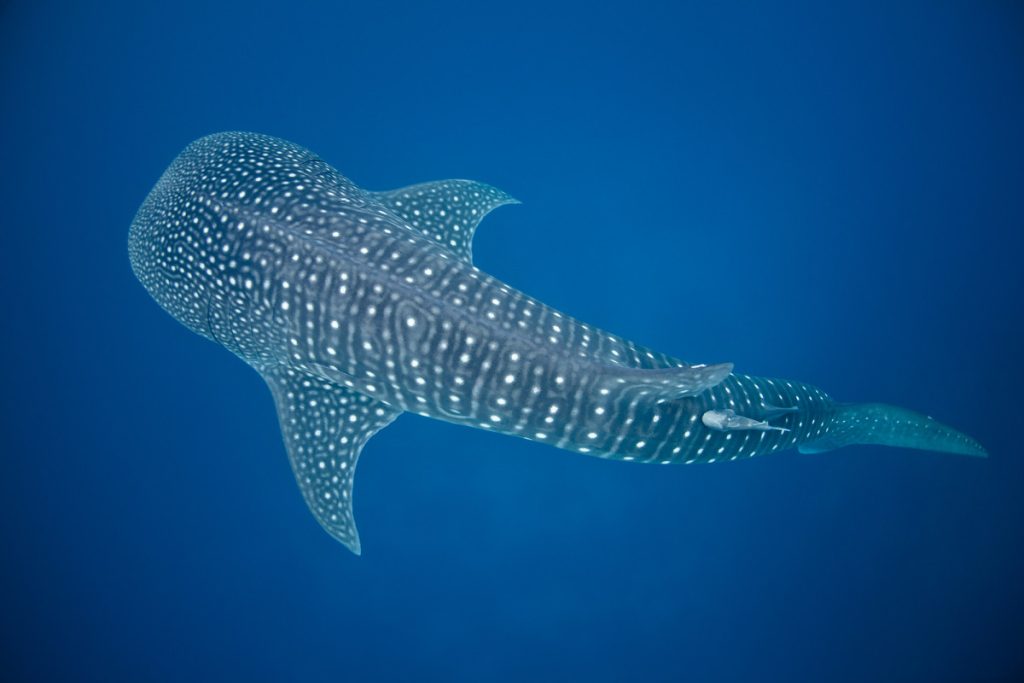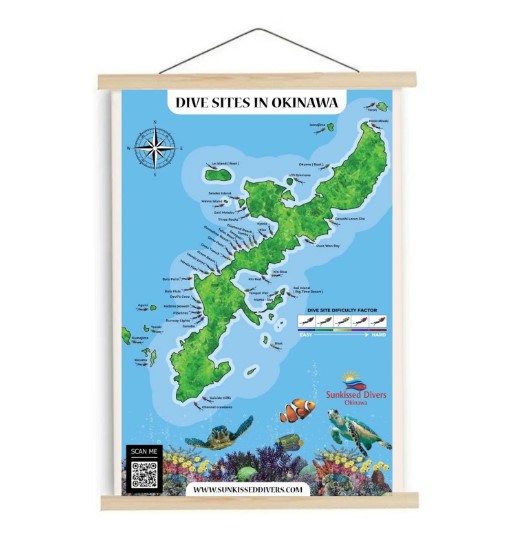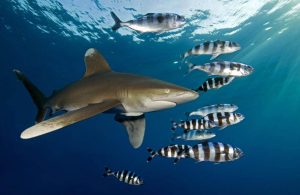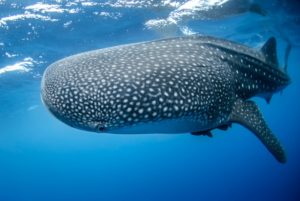Welcome to the magical world of scuba diving in Japan, where hidden depths and mesmerizing marine life await. Get ready to embark on an unforgettable underwater adventure as we dive into the wonders that lie beneath the surface.
Japan’s diverse coastline offers a plethora of diving opportunities for enthusiasts of all levels. From vibrant coral reefs to mysterious shipwrecks, there is something to capture the imagination of every diver. Whether you’re a seasoned pro or a beginner looking to take that first plunge, the crystal-clear waters of Japan beckon.
Immerse yourself in the vibrant colors and fascinating biodiversity of the underwater realm. Swim alongside graceful manta rays in the remote waters of Okinawa, or witness the awe-inspiring sight of hammerhead sharks gliding through the deep waters of the Ogasawara Islands.
With world-class dive sites scattered across the country, Japan promises an unforgettable experience for divers. Uncover the hidden gems beneath the waves and discover why Japan is a must-visit destination for scuba diving enthusiasts.
So strap on your gear, take a deep breath, and get ready to explore the enchanting underwater world of Japan’s scuba diving adventures.
Scuba Diving Destinations in Japan
Japan, an archipelago embraced by the Pacific Ocean, offers a multitude of breathtaking scuba diving destinations that cater to divers of all skill levels. Each region showcases its unique marine environments, from vibrant coral reefs to fascinating underwater topographies. The prominent diving locations, including Okinawa, the Ogasawara Islands, and Izu Peninsula, unveil Japan’s rich underwater heritage, making it a coveted destination for diving enthusiasts.
Okinawa, renowned for its azure waters and diverse marine life, is often regarded as the crown jewel of scuba diving in Japan. The Okinawan islands provide a plethora of dive sites, featuring everything from shallow coral gardens to deep drop-offs teeming with life. Here, divers can explore sites like the famous Blue Cave, where sunlight creates mesmerizing reflections on the water’s surface, or venture to Kerama Islands, where vibrant coral reefs teem with tropical fish. The warm waters of Okinawa provide a year-round diving season, making it an ideal location for divers seeking adventure.
The Ogasawara Islands, often referred to as the “Galapagos of the Orient,” are another must-visit destination for divers. Located about 1,000 kilometers south of Tokyo, these remote islands feature pristine waters and a plethora of marine species. The unique underwater ecosystems here include breathtaking coral reefs, underwater cliffs, and vibrant marine life, including rare species found nowhere else on Earth. Divers can encounter majestic manta rays, dolphins, and even the elusive hammerhead sharks, making every dive an exhilarating experience.

Popular Dive Sites in Japan
Diving in Japan means exploring some of the most renowned dive sites in the world, each with its own charm and allure. The Blue Cave in Okinawa is a top favorite among divers, where the interplay of sunlight and water creates an enchanting blue glow. This shallow site is perfect for beginners, allowing them to experience the wonders of marine life while basking in the vibrant colors of the underwater world. The nearby Kerama Islands also boast numerous dive sites, such as the famous Yabiji reef, known for its stunning coral formations and diverse fish species.
In the Izu Peninsula, divers can explore the famed Osezaki Dive Site, where underwater volcanic formations create a unique diving experience. This site is known for its clear visibility and vibrant marine biodiversity, including schools of fish, sea turtles, and occasionally, even a curious octopus. Moreover, the Izu region is ideal for night diving, where divers can witness the dramatic transformation of the underwater landscape as nocturnal marine life comes to life.
The Ogasawara Islands, with their untouched beauty, offer some extraordinary dive sites. One of the most famous spots is the famous “Manta Point,” where divers can witness majestic manta rays gracefully gliding through the water. The currents here attract a plethora of marine life, making each dive a new adventure. Additionally, the submerged volcanic formations around the islands provide divers with the chance to explore underwater caves and tunnels, enhancing the thrill of diving in this pristine environment.
Marine Life in Japanese Waters
The rich marine biodiversity found in Japanese waters is one of the most compelling reasons to explore the underwater realm. Japan’s unique geographical location, with its convergence of warm and cold ocean currents, creates ideal conditions for various species to thrive. From vibrant coral reefs to deep-sea environments, divers can encounter an astonishing array of marine life that is both colorful and captivating.
In Okinawa, the coral reefs are alive with activity, hosting a myriad of tropical fish species, including clownfish, parrotfish, and butterflyfish. Divers can also spot larger species such as sea turtles and rays, which frequent these reefs. The area is known for its healthy coral ecosystems, providing a vibrant backdrop for underwater exploration. The seasonal migrations of species such as whale sharks further enhance the allure of diving in these waters.
The Ogasawara Islands present an entirely different underwater experience, where divers may encounter unique species such as the endemic Ogasawara rockfish and the rare Japanese wobbegong shark. The waters around these islands are also home to larger pelagic species, including dolphins, sea lions, and the majestic hammerhead shark. The diversity of marine life found here makes each dive a unique adventure, as divers never know what they might encounter in these pristine waters.
Moreover, the Izu Peninsula offers a chance to see a different aspect of marine life, including seasonal visitors such as jellyfish and the occasional sunfish. The underwater topography, characterized by rocky reefs and underwater caves, provides a habitat for various species of crabs, starfish, and anemones. The combination of vibrant colors and fascinating behaviors of the marine creatures makes diving in Japan a truly immersive experience for all enthusiasts.
Scuba Diving Safety Tips
Safety is paramount when engaging in scuba diving, and being aware of potential risks can help ensure a safe and enjoyable experience. One of the most critical safety tips for divers is to always dive with a buddy. This ensures that divers can monitor each other’s safety and provide assistance in case of an emergency. Establishing clear communication signals before diving can also enhance safety and facilitate better coordination underwater.
Before each dive, conducting a thorough pre-dive safety check is essential. Divers should check their equipment, including tanks, regulators, and buoyancy devices, to ensure they are functioning correctly. It’s also vital to monitor air supply and be mindful of depth limits, as exceeding these limits can lead to decompression sickness. Always adhere to the buddy system and communicate openly about dive plans and any concerns that may arise during the dive.
Another crucial aspect of diving safety is understanding the local conditions before entering the water. This includes being aware of currents, weather conditions, and potential hazards such as strong surf or sharp coral. Divers should familiarize themselves with the dive site and any specific risks associated with it. Additionally, it is advisable to stay within the recommended depth limits and to ascend slowly to avoid decompression issues.
Scuba Diving Equipment and Gear
Having the right equipment and gear is essential for a successful scuba diving experience. Divers should invest in quality gear that is appropriate for the type of diving they plan to undertake. A well-fitted wetsuit, for instance, is necessary for thermal protection and buoyancy control. Depending on the region and the season, divers may choose between short or long wetsuits to ensure comfort while submerged.
Other essential scuba gear includes a reliable mask, snorkel, and fins, which enhance visibility and mobility underwater. A mask that fits well is crucial, as it prevents water from entering and allows divers to see clearly. Fins enable divers to move efficiently through the water, conserving energy and providing better control of movement. Additionally, a buoyancy control device (BCD) is indispensable, as it helps divers maintain neutral buoyancy throughout their dive.
Finally, a quality regulator is vital for breathing underwater, allowing for a smooth and safe airflow. It’s essential to have a dive computer or depth gauge to monitor depth and dive time. Divers should also consider carrying a safety float or surface marker buoy, which can be deployed during ascents to alert boaters of their presence. Proper maintenance and regular checks of all equipment before diving are crucial to ensure safety and performance.
Scuba Diving Certification in Japan
Obtaining scuba diving certification in Japan is an exciting step for those looking to explore the underwater world. Various certification agencies, including PADI (Professional Association of Diving Instructors) and SSI (Scuba Schools International), offer courses in Japan, making it accessible for both locals and international visitors. These organizations provide comprehensive training programs that cover the essential skills and knowledge required for safe diving.
The certification process typically begins with classroom sessions, where students learn about diving theory, safety protocols, and equipment handling. This theoretical knowledge is then applied in practical sessions, where trainees practice essential skills in controlled environments such as swimming pools. Once students feel comfortable with the basics, they will progress to open water dives, guided by certified instructors who provide valuable insights and support.
Many dive shops and resorts across Japan offer certification courses, often tailored to different skill levels. For beginners, the Open Water Diver course is an excellent starting point, allowing individuals to dive independently under the supervision of a certified buddy. Advanced courses, such as the Advanced Open Water Diver and specialty courses focusing on areas like underwater photography or wreck diving, are also available for those looking to enhance their skills and explore new aspects of diving.

Scuba Diving Tours and Operators in Japan
Choosing the right tour operator can significantly enhance your scuba diving experience in Japan. Numerous dive shops and operators throughout the country offer organized dive tours, catering to various skill levels and interests. These operators provide essential services, including equipment rental, guided dives, and local knowledge about the best dive sites.
In Okinawa, several reputable dive shops offer packages that include guided tours to popular dive sites. These operators often have experienced instructors who can provide insights into local marine life and ensure safety during dives. Many shops also offer all-inclusive packages that include equipment rental, transportation to dive sites, and even accommodation, making the diving experience seamless and enjoyable.
The Ogasawara Islands, being more remote, have specialized tour operators that focus on eco-tourism and responsible diving practices. These operators prioritize the preservation of marine ecosystems while providing exceptional diving experiences. Guided tours often include trips to unique dive sites, where divers can witness the incredible biodiversity of the region and participate in conservation efforts, such as reef cleaning activities.
For those diving in the Izu Peninsula, there are many local operators who offer day trips to various dive sites. These operators typically provide everything needed for an enjoyable day of diving, including equipment, transportation, and knowledgeable guides familiar with the area’s underwater landscapes. Joining a dive tour not only enhances safety but also allows divers to connect with fellow enthusiasts and share unforgettable experiences.
Scuba Diving Seasons in Japan
Japan’s diverse climate and geographical features create distinct diving seasons throughout the year. Generally, the best time for scuba diving varies by region, with Okinawa offering year-round diving opportunities due to its warm waters. The peak season for diving in Okinawa is from May to October, when water temperatures are at their highest, and visibility is optimal. During this time, divers can expect to see a vibrant array of marine life, including seasonal visitors like whale sharks and manta rays.
In contrast, the Izu Peninsula experiences different seasonal patterns, with the best diving conditions typically from late spring to early autumn. From May to September, the waters are warmer, and visibility improves, allowing divers to explore the area’s rich marine biodiversity. However, winter diving can also be rewarding, as the colder months attract unique species, including large schools of fish and even the occasional sunfish.
The Ogasawara Islands have a unique diving season, primarily from April to November. This period offers the best visibility and marine life encounters, including the chance to see migrating species. The waters around these islands are known for their clarity, especially during the summer months. However, divers should be cautious during typhoon season from August to October, as conditions can become unpredictable.
Conclusion and Recommended Dive Spots in Japan
As one of the most captivating destinations for scuba diving, Japan offers a wealth of underwater experiences waiting to be discovered. With its diverse marine ecosystems, stunning dive sites, and rich biodiversity, it’s no wonder that divers from all over the world flock to its shores. Whether you are a novice looking to take your first plunge or an experienced diver seeking new adventures, Japan has something for everyone.
When planning your diving adventure, consider visiting the iconic Blue Cave in Okinawa for its breathtaking beauty or the unique underwater landscapes of the Izu Peninsula. Don’t miss the opportunity to explore the remote Ogasawara Islands, where encounters with majestic marine life await. Each location promises a distinct diving experience, allowing you to immerse yourself in Japan’s underwater wonders.
Make sure to prioritize safety and equip yourself with the right gear, and consider joining guided tours to enhance your experience. With proper certification and the guidance of knowledgeable operators, you can explore the hidden depths of Japan with confidence. The underwater world of Japan is waiting for you—dive in and discover the magic that lies beneath the surface.





